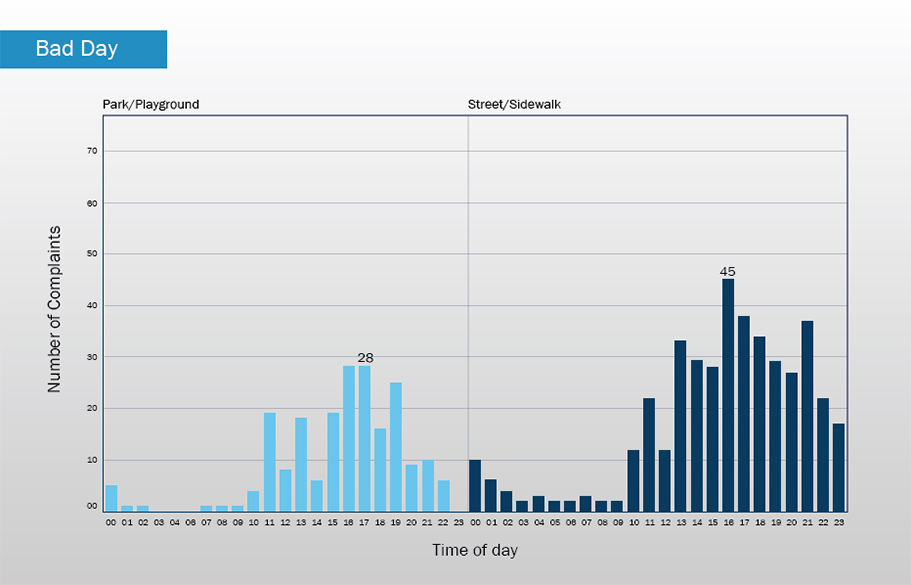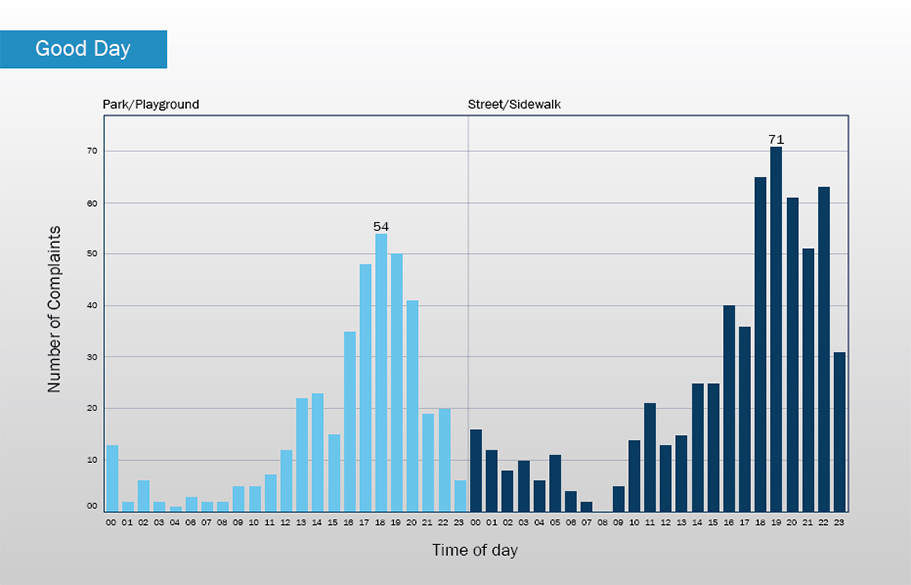Snapshot of the Pandemic: Is the Weather Affecting Your Social Distancing?

-
July 13, 2020
-
An FTI Consulting review of social distancing complaints in New York City reveals how much the weather can impact behavior. What does it mean for Americans as the summer months unfold?
Whistleblowers are often the spark that ignites change, whether it’s exposing a large-scale accounting fraud or unearthing government malfeasance. In New York City, however, there’s a different kind of whistleblower afoot — one that is taking social distancing seriously.
On March 22nd, New York City Mayor Bill de Blasio issued social distancing guidelines for residents to combat the spread of the coronavirus. He also requested that residents send in photos and texts of social distancing violations to the city’s 311 government information service, comparing the current Covid-19 crisis to a “wartime dynamic.”
The city received 13,632 complaints between March 29 and April 18. That data, which FTI Consulting obtained through NYC Open Data, revealed a number of fascinating insights around social distancing. It showed the neighborhoods where complaints were highest, the time of day when the most complaints were filed and where complaints were most likely to occur, whether it’s on the street or in the park.
One significant set of data with potential national ramifications was the effect of weather on the frequency of social distancing complaints. On “bad weather days”1 there was a significant reduction in such complaints versus “good weather days.”2 Drilling down, there was roughly a 30% reduction in complaints for street/sidewalks and a 48% reduction in complaints for parks/playgrounds on bad weather days as compared to good weather days.
This likely reflects New Yorkers following social distance guidelines and the Mayor’s mandate by staying indoors on cold/rainy days. Conversely, it would seem the public is more likely to violate restrictions on good weather days. Looking forward, it will be interesting to see how the number of social distancing violations changed during the warmer summer months and New Yorkers naturally head outdoors more often.
The findings are just a snapshot, and do not necessarily extrapolate beyond New York. Still, they offer policymakers and regulators insight into these uncertain times. As more states slowly open up their economies, the ability to understand how people adhere to social distancing guidelines will be a powerful asset for policymakers.
Footnotes:
1: The top 5 days of precipitation and cold temperatures.
2: The top 5 days with no precipitation and warm temperatures.
© Copyright 2020. The views expressed herein are those of the authors and do not necessarily represent the views of FTI Consulting, Inc. or its other professionals.
About The Journal
The FTI Journal publication offers deep and engaging insights to contextualize the issues that matter, and explores topics that will impact the risks your business faces and its reputation.
Published
July 13, 2020
 Key Contacts
Key Contacts
Senior Managing Director




